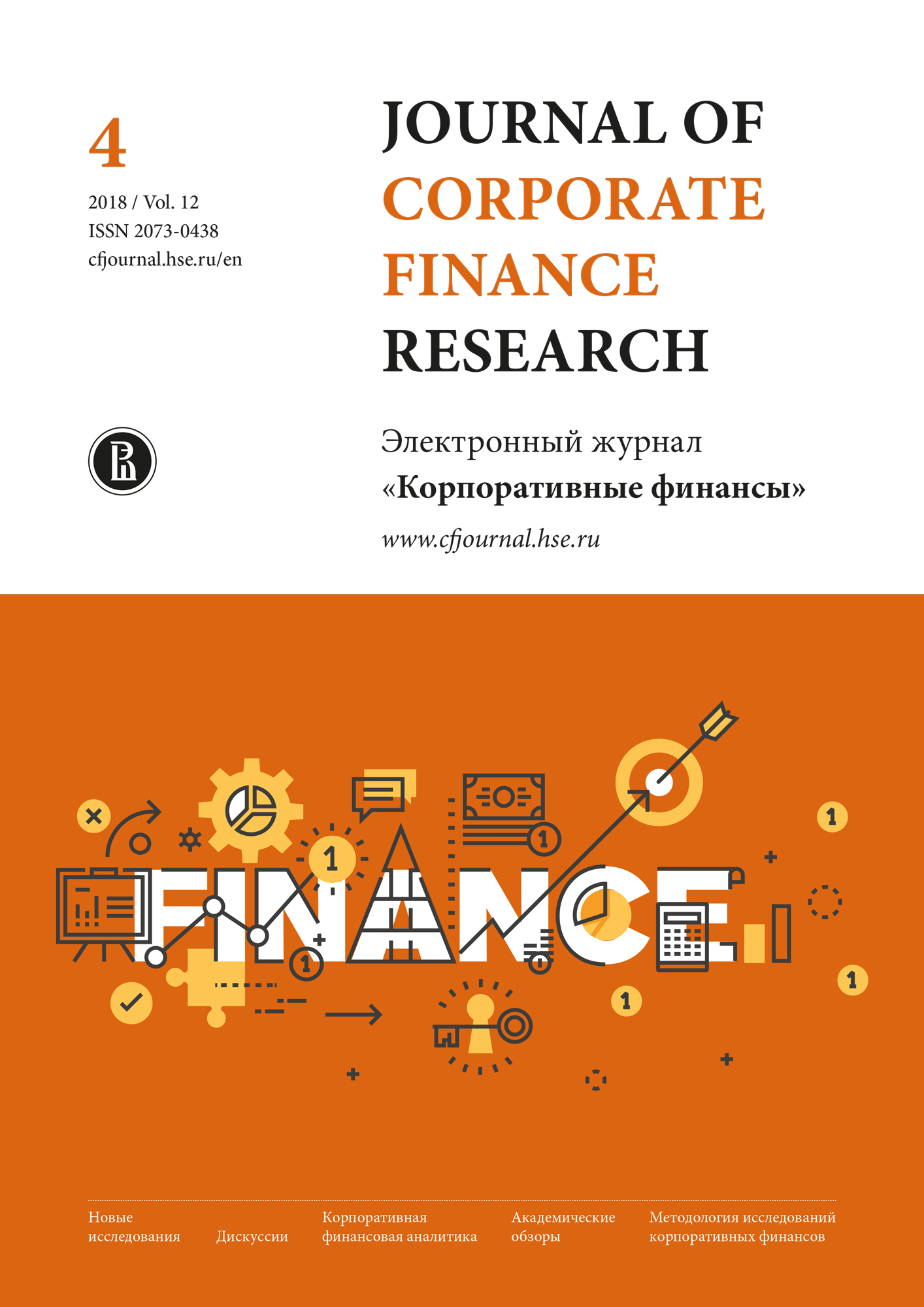An Application of the RADR Method for Risky Cash Outflows
Abstract
The risk adjusted discount rate (RADR) method for evaluating nonconventional projects (where cash flows change sign more than once) under uncertainty was a subject of considerable debate over the course of the last century. Two opposite positions have been advocated for regarding how to discount negative cash flows using a linear pricing rule such as the CAPM. The first view is that the RADR, applied to future risky cash flow, is independent of whether the cash flow is an inflow or an outflow (according to this view, the RADR progressively increases as cash flows become more risky). The second view is that the RADR, when applied to similarly risky future cash flows, is different for cash inflows and cash outflows. Under this latter hypothesis, the RADR progressively increases for cash inflows and decreases for cash outflows as they become more risky. A single consensus viewpoint on the correction approach to the problem of the RADR for nonconventional projects under uncertainty has not yet been developed, and so the finance literature provides conflicting recommendations to managers. The reason for that inconsistency, in our opinion, is the use of the NPV method for evaluating nonconventional projects. The NPV method assumes that cash flows of different signs are discounted at the same rate, but this is not accurate. The current paper proposes to use the GNPV method for evaluating nonconventional projects under uncertainty. This method, by default, applies different rates to discount the various investments and loans which form a nonconventional project. It is shown that these rates have different economic contents and therefore have to be adjusted to risk in different ways. A financial rate progressively increases, whereas a reinvestment rate progressively decreases relative to a risk-free rate as the risk level grows. The proposed approach allows one to reconcile conflict between the decreasing of a discount rate to reduce the present value of risky outflows and the increasing of a rate of return for an uncertain investment following from the CAPM.

